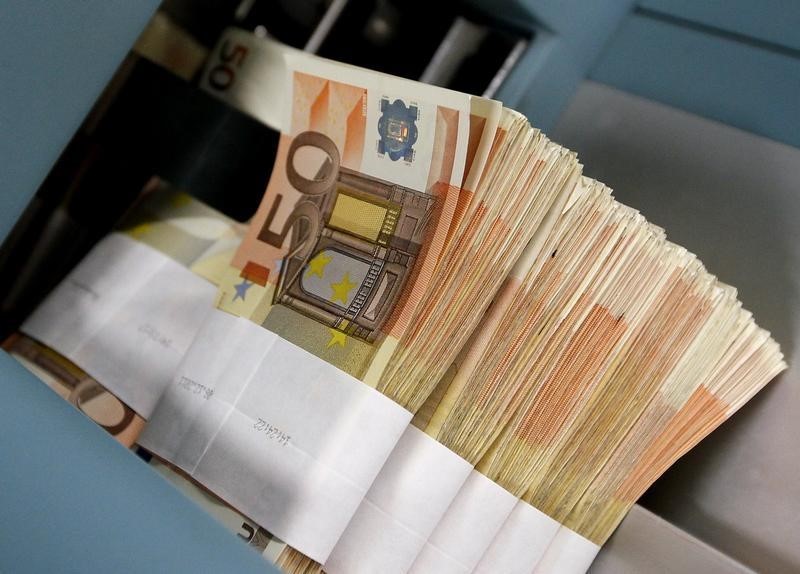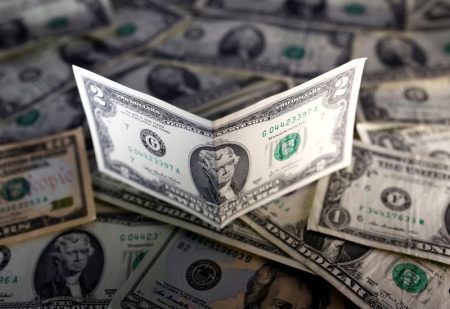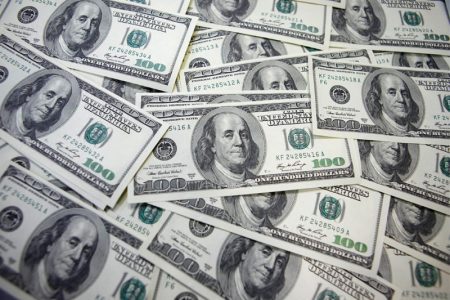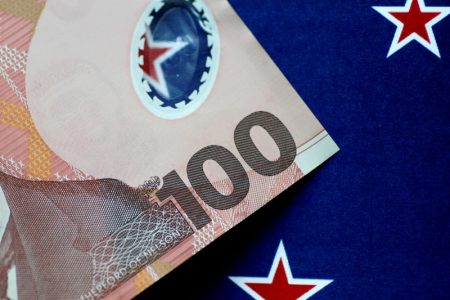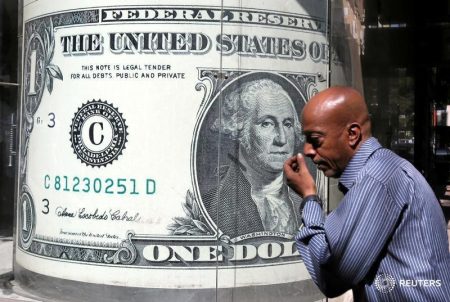The exchange rate is approaching the 1.10 level, trading around the mid-1.0900s, amid a weakening US dollar influenced by improved risk sentiment and expectations that the Federal Reserve may pause interest rate hikes. This comes as US bond yields have fallen to a two-month low, indicating a potential shift in monetary policy direction.
Market analysts point to several factors contributing to this trend. On Monday, European Central Bank (ECB) officials, including Bundesbank President Joachim Nagel and ECB Governing Council member Robert Holzmann, took a hawkish stance, warning against premature monetary easing. Their comments have provided support to the euro, suggesting that the ECB may continue with rate increases despite some forecasts anticipating cuts.
In contrast, in the United States, weaker-than-expected Consumer Price Index (CPI) data has led markets to anticipate a possible rate cut by the Fed as early as March. The upcoming release of the Federal Open Market Committee (FOMC) minutes before Thanksgiving is expected to offer further clues on the central bank’s approach following recent reports indicating declining inflation pressures.
The anticipation surrounding ECB President Christine Lagarde’s appearance in Berlin has also kept traders on edge, as they look for additional guidance on the future path of European monetary policy.
Meanwhile, global economic indicators will be closely monitored later this week. Flash Purchasing Managers’ Index (PMI) data from around the world will test the resilience of both the euro and the dollar. Europe has shown some economic fortitude with positive German ZEW and Sentix indices, contrasting with generally poor PMIs elsewhere. The US economy has demonstrated slight improvements in PMI figures despite facing headwinds such as slowing housing rent growth, a decline in industrial output, and an uptick in jobless claims.
Oil prices experienced volatility last week before recovering on Friday, contributing to speculation about an end to rate hikes and renewed selling of the dollar. This comes as Japan enters a holiday-shortened week, potentially impacting market dynamics.
Investors are now turning their attention to US dynamics in the absence of pivotal Eurozone data. Upcoming US Existing Home Sales figures and insights from central bank minutes are likely to influence the trajectory of EUR/USD in the near term. Richmond Fed President Thomas Barkin’s recent comments on persistent inflation have raised questions about future rate decreases, adding another layer of complexity to market forecasts.
This article was generated with the support of AI and reviewed by an editor. For more information see our T&C.
Read the full article here





